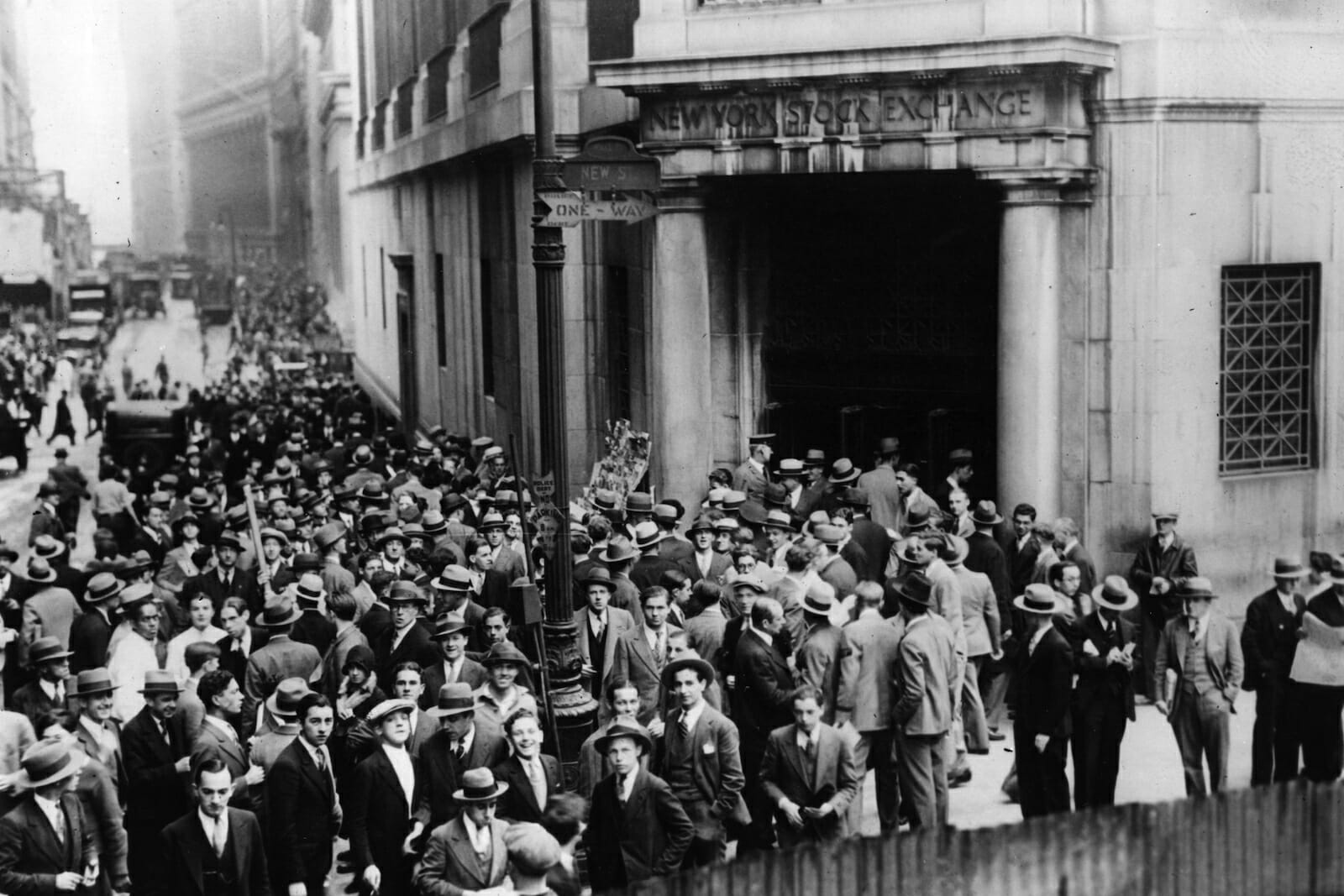
Understanding the Current U.S. Economic Bubble
Analysts have been buzzing about an economic bubble in the United States. Here’s a look at some of the factors contributing to this situation, and how people think they impact the bigger picture.
The Stock Market Does Not Reflect Reality
One example of a worrying economic mismatch concerns the incredible rally of the stock market despite the ongoing U.S. economic recession. This trend could mean that people pay too much attention to stock market indexes and fall into the trap of believing that conditions are far more favorable than reality.
A related issue is that a relatively small number of large companies bear responsibility for most of the gains capturing the headlines. As a result, people believe the entire stock market is doing well, when in reality, it’s only a small number of prominent businesses.
User-friendly trading apps let everyday individuals try their luck with stock market investing. Since many of them are merely dipping their toes into uncharted waters, they’re more likely to feel the most burdensome effects of a U.S. economic bubble. On the other hand, the wealthiest investors have much more of a financial cushion if the market tanks.
Fears Raised of an Asset-Based Economic Bubble
The U.S. Federal Reserve came up with several tactics to keep the economy afloat during the ongoing COVID-19 pandemic. One of them involves expanding the purchase of exchange-traded funds and moving into individual issuance of company debt. That decision boosted markets, but some stock market experts warned of an asset-centered bubble.
Analyst Ed Yardeni said, “The goal was to restore liquidity to the credit markets. They are clearly functioning well again. If the Fed persists in flooding the markets with liquidity, the risk is that the Fed will create the greatest financial bubble of all time.”
The Federal Reserve’s purchases total $7 billion in a $6.7 trillion market. Moreover, the entity intends to cap its spending at $750 billion through this program, which runs through late September.
The Economic Damage Does Not Have a Quick Fix
Another hard-hitting reality that could contribute to a U.S. economic bubble is that the aftermath of the COVID-19 crisis could take years to repair. It’s easy to feel hopeful after reading news stories about how employers created new jobs or rehired people during their efforts to bounce back during a pandemic. Those are genuinely positive things, but they must not overshadow the severity of the current crisis.
Statistics gathered in June showed that 40% of shoppers felt pessimistic. That feeling came about because they said they were barely hanging on and expected their finances to worsen. Even though many people qualified for economic stimulus payments and received them, there’s still a trend toward frugality. Health experts warn that the coronavirus pandemic will likely remain a part of life for Americans until a vaccine becomes widely available.
Even if some people got their jobs back or never lost them, those bright spots do not show the severity of a much broader problem. The full extent of economic damage that leads to collapse or a burst bubble could remain only partially apparent for months or years. If people focus exclusively on well-performing stock markets, they may not recognize a more profound issue.
Coronavirus as a Secondary Trigger, Not the Primary Cause
Another opinion related to the economic bubble is that COVID-19 was not the main reason for the Dow Jones’ substantial drop in March. Jesse Colombo is an economist who, according to the London Times, predicted the Great Recession. He said he believes the U.S. economy is doing worse than many people think, and the pandemic only exacerbated underlying issues that were present long before the emergence of COVID-19. Colombo explained, “People are thinking things are falling apart because of the coronavirus. It’s just the pin that burst that bubble.” Colombo also believes the U.S. economy will make the same mistakes that spelled trouble in the past. “Since the global financial crisis of 2008, the world has taken on almost $100 trillion dollars of new debt. We threw another debt party and made all the same mistakes. We kicked the can down the road, and now we can’t kick it any longer,” he said.
An Uncertain Future
Although people have various opinions about whether the U.S. economic bubble is a genuine problem or merely a potential future threat, mounting evidence strongly suggests that individuals must pay attention to more than just the stock market when gauging the health of the economy.
Numerous facets help determine whether the economy is strong or in trouble. That means people must weigh as many of them as possible, especially before making investment decisions.

